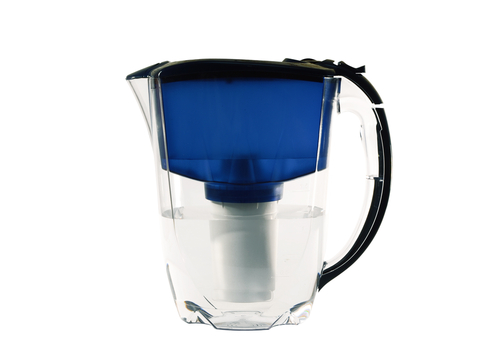
The MoSCoW method is a useful technique to clarify product requirements during design specifications. I was asked to describe it to someone recently. Here is the write up of it.
Must Have: basic required functionality to qualify to play.
The fundamental of the offering on which every other feature is built. A car must meet a base set of functional and safety requirements to be sold and operated as such.
Although it can seem obvious and redundant, it is still worthwhile to make a list of the must haves as it forces us to get clear about our assumptions and we are doing.
Should Have: additional functionality users would expect; influenced by social trends and cultural norms.
Embellishments to the foundations that would be wise to add. There must be really good reasons to leave these out as it could negatively affect users. Eg Apple leaving out MMS in the early iPhone.
Should-have features can determine where a product sit in the continuum between bare-bones and full-featured. A deeper understanding of who the target users are, how they think and feel, and the context in which they will be using the product, are important here.
Could Have: nice-to-haves that could delight users and differentiate this offering.
These special features could target a subset of high-value users. Or something that primarily benefits the seller such as a cost-saving feature (Ikea's flat pack designs.)
Determining could-have features is the richest ground for innovation. As with should-have features, an intimate understanding of users and use cases are critically important.
Won't Have: definite no-nos; functionality that must be excluded (for any number of reasons.)
When compiling this lisr, it is important to identify potential risks (as well as benefits) of ommitting certain features. And where necessary, identify ways to mitigate those risks.
Image: Water filter pitcher via Shutterstock.